Birch Benders Paleo Pancake & Waffle Mix is positive for unsafe levels of Lead and Cadmium. Read the laboratory report here.
For those new to the Lead Safe Mama website:
Tamara Rubin is a multiple-federal-award-winning independent advocate for childhood Lead poisoning prevention and consumer goods safety, and a documentary filmmaker. She is also a mother of Lead-poisoned children (two of her four sons were acutely Lead-poisoned in 2005).
- Tamara owns and runs Lead Safe Mama, LLC — a unique community collaborative woman-owned small business for childhood Lead poisoning prevention and consumer goods safety.
- Since July of 2022, the work of Lead Safe Mama, LLC has been responsible for five product recalls (FDA and CPSC).
- All test results reported on this website are science-based, accurate, and replicable.
- Please check out our press page to see some of the amazing coverage of our work so far this year!
Affiliate link to the test kit Lead Safe Mama, LLC uses for the laboratory food test results we publish: https://amzn.to/3UIPcHP
This is an ad-free article.
Advertising and affiliate income help Lead Safe Mama, LLC cover the costs of the work we do here (independent consumer goods testing and childhood Lead poisoning prevention advocacy). We have removed ads from most of our more widely-read articles (and newly published articles, too — like this one!) to make them easier for you to read. In addition to supporting this work by starting any shopping you might be doing with a click on our affiliate links, if you would like to support the independent consumer goods testing and childhood Lead poisoning prevention advocacy work of Lead Safe Mama, LLC by making a contribution (which will also help us keep our more widely-read articles ad-free), click here. Thank you!
Important Background: What is an Action Level?
Please note the following key points.
The original lab report for this product is below (at the bottom of this page).
The graphic above shows the levels of metals detected in this product (in red) along with the low threshold of detection (in green) for each of the metals not detected during the laboratory testing that Lead Safe Mama, LLC had completed for this product. The numbers are juxtaposed to (in blue) the “Action Level” that was proposed by the medical and scientific community in 2021 as part of the Baby Food Safety Act.
- These levels were set as “Action Levels” that are (in fact) protective of human health.
- An “Action Level” is NOT the same as a “Maximum Allowable Level.”
- Once the level of a heavy metal in food reaches the “Action Level,” that metal is officially over the threshold and into the realm of heavy metal levels that can cause lasting harm to children.
- The “Action Level” is the level at which the scientific and medical community believes the company (or government) needs to take ACTION to fix the problem (which also includes taking ACTION to inform the public that their product has an unsafe level of the metal detected at-or-above the “Action Level” — and which relevant batch numbers should be recalled/ not consumed).
- These Action Levels are not arbitrary, however they were not passed into law.
- These Action Levels reflect the current advice of the medical and scientific communities as levels both achievable and also protective of infant and toddler health — regardless of the fact that it is not illegal when food for children tests positive at these levels (as the Baby Food Safety Act of 2021 was not passed into law).
- The legitimacy of these levels as “Action Levels”/ “Levels of Concern” (even though they were not adopted as law) is similar to the legitimacy of the America Academy of Pediatrics’ level of concern for Lead in water — which is 1 ppb — even though the FDA’s official “level of concern” for Lead in water is 15 ppb (you can read more about that here).
For safer food choices, click here.
If you are new here, please check out our website menu (link) to see all the other types of items we test and report on! Welcome to the site!
Published: July 4, 2024
The Birch Benders Paleo Pancake & Waffle Mix (pictured in this article) has levels of both Lead (a neurotoxin) and Cadmium (a known carcinogen) that are unsafe for children to consume. Some supporting considerations:
- All federal agencies agree there is no safe level of Lead exposure.
- Lead bioaccumulates over time (it bio-mimics calcium and is stored in the body in place of calcium — especially during periods of significant growth, as one sees with younger children/ children going through growth spurts).
- Given the proposed “Action Levels” (defined above) of 5 ppb for Lead and 5 ppb for Cadmium in products consumed by children (regardless of the serving size for any particular product), both the 16 ppb Level of Cadmium and the 17 ppb level of Lead that we found via laboratory testing for the Birch Benders Paleo Pancake & Waffle Mix is very high (more than 300% of the recommended Action Level for each of these metals of concern).
- Making gluten-free pancakes with Lead-free ingredients is an option. Given we just found that the One Degree Gluten-free Oats product was “non-detect” for Lead and Cadmium (link with details here), we would like to recommend (if you have used this Birch Benders product in the past) you may want to experiment with using oatmeal as a basis for your gluten-free pancakes (there are lots of good recipes for that and they are delicious and easy to make)! Here’s our affiliate link for those oats, which were non-detect for Lead, Cadmium, Mercury, and Arsenic: https://amzn.to/3Wacpow.
- The Lead in this Birch Benders Paleo Pancake & Waffle Mix is likely primarily from the Cassava that is used as a basis for the product. Here’s the ingredients list:
- A key point to note from the image above (which is a close up screenshot of one section on the back of the packaging pictured below — an image we captured from the Amazon listing for this product on July 4, 2024) is that the company knows this product tests positive for Lead and has even included an image of the Prop 65 warning sticker in their photo array for this product listing on Amazon! You can see that in the wild by clicking on this link.
Takeaway
If you have been feeding this product to your young children (or consuming it yourself), and especially if your family has been eating this product on a regular basis (once-a-week or more often), it would be prudent to stop using the product immediately and consider getting a blood Lead test (to help determine if there has been any exposure of concern from consuming this product).
- We recommend talking to your doctor as a first step.
- You can learn more about Blood Lead Level (BLL) testing at this link, and this link.
- A comprehensive metals panel might also be useful (in addition to getting a blood test for Lead), given you may want to also look for any potential indication of impacts due to the elevated Cadmium levels in this product.
- Comprehensive metals panels can be completed through urine testing, blood testing, or a hair test. Each testing methodology has different levels of accuracy and different considerations.
- You can learn more about urine and hair testing here.
- In our experience, Lead exposure from food sources tends to result in blood Lead levels in the range of 1.5 to 4.0 micrograms of Lead per deciliter of blood.
- The average BLL of children today falls within the range of 0.5 to 0.6 micrograms of Lead per deciliter of blood and we advise families that a BLL of 1.0 or higher is indicative of a specific source of exposure (vs. normal anticipated background blood Lead levels for most children today).
- A study published in 2012 (linked here) found that the average BLL of a woman of childbearing age (at that time) was in the range of 0.43 micrograms of Lead per deciliter of blood. This level has gone down in the decade plus since then, so we also recommend that if an adult tests positive for Lead with a BLL of 1.0 or higher, it should be considered a concerning level and any possible efforts should be made to remove the suspected sources of Lead exposure (you can read more about that here).
- Given the above considerations, it is important to find a lab or clinic that tests for a very low threshold of detection (for Lead) — a level that might be lower than testing that your doctor’s office/ pediatrician’s office normally offers (many BLL tests have a low threshold of detection of 3.0 or 3.3, for example). We recommend you find out what your clinic’s low threshold of detection is prior to getting tested (as you may need to get a referral to a lab with more accurate blood testing equipment/ lower possible levels of detection for heavy metals). For a detailed discussion on this, check out the links in item #2 above.
Some additional reading & links that may be of interest:
- A link with a spreadsheet showing all of our food testing currently in progress (since June 2024).
- The Lead Safe Mama affiliate link to purchase the test kits we use for this testing.
- Our landing page with links to all of the results for food products we have tested.
- Here’s how to send your own food samples into a lab for testing (the cost is $195 per single food sample tested for Lead, Cadmium, Mercury, and Arsenic) or how to collaborate with Lead Safe Mama, LLC on the food testing we’re hosting.
- The Food category of articles here on Lead Safe Mama dot com.
Amazon links are affiliate links. If you purchase something after clicking a Lead Safe Mama, LLC Amazon affiliate link, we may receive a percentage of what you spend at no extra cost to you.
Never Miss an Important Article Again!
Join our Email List





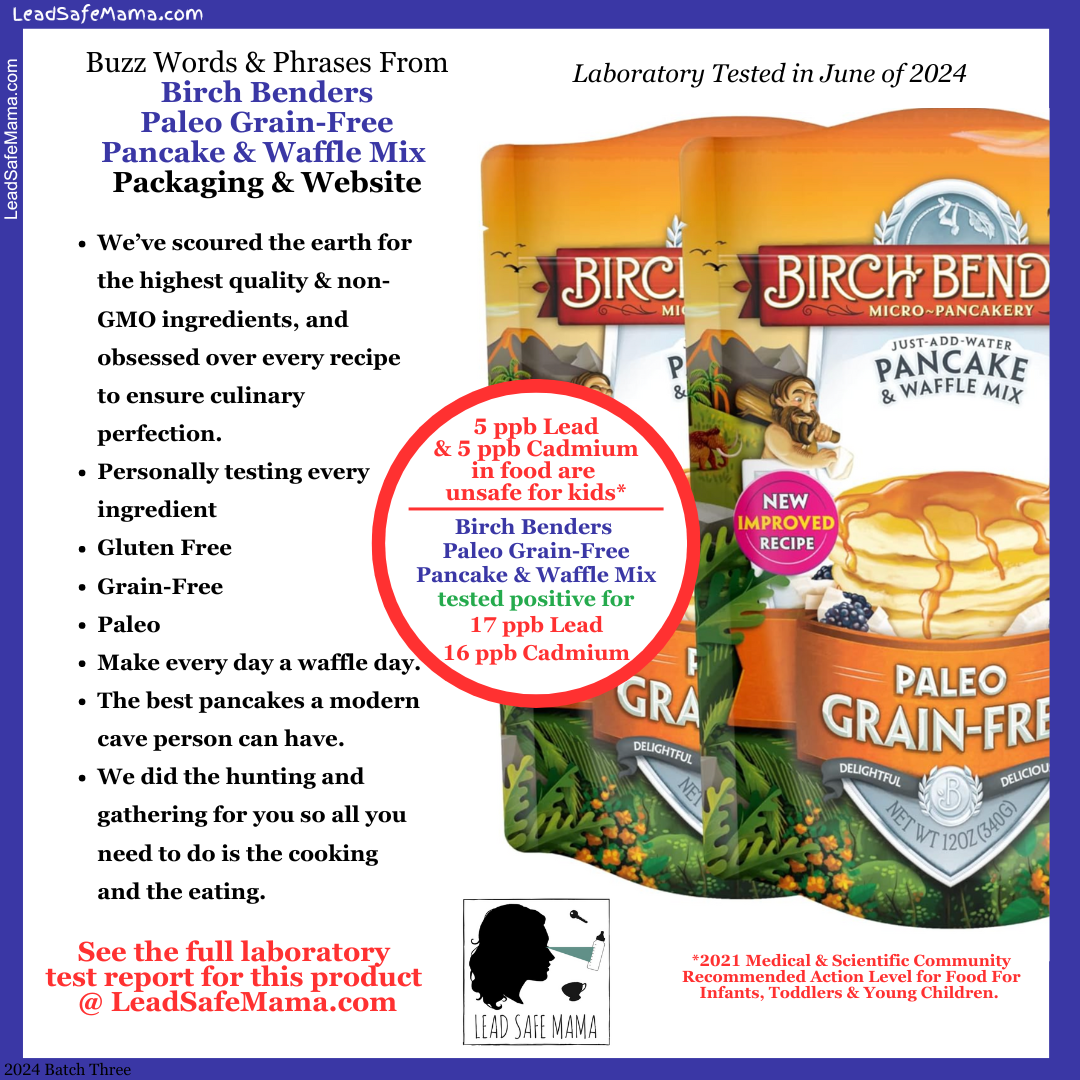
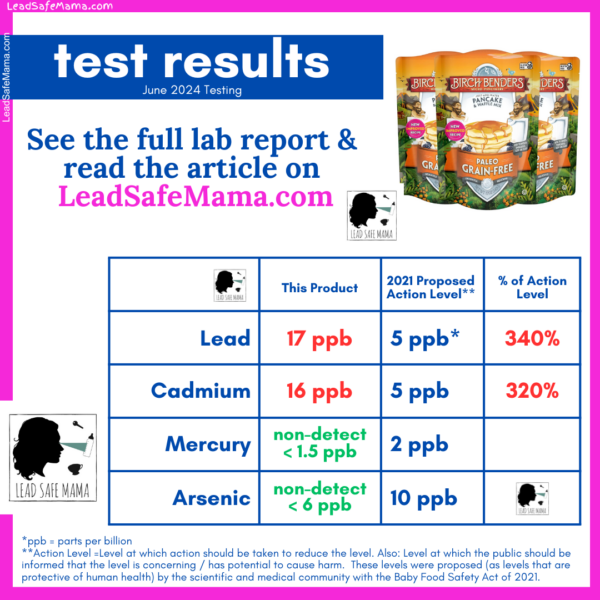
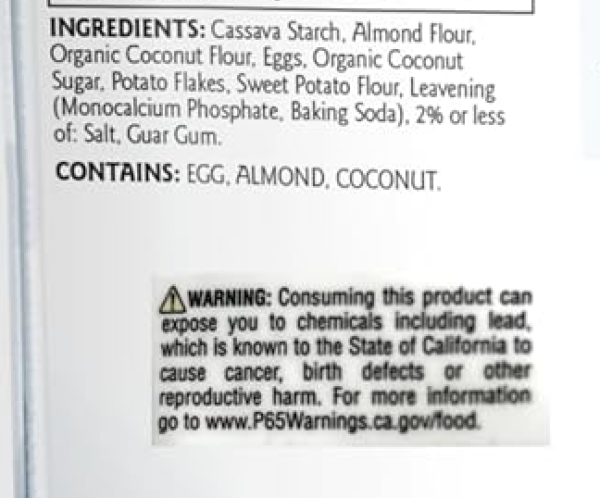
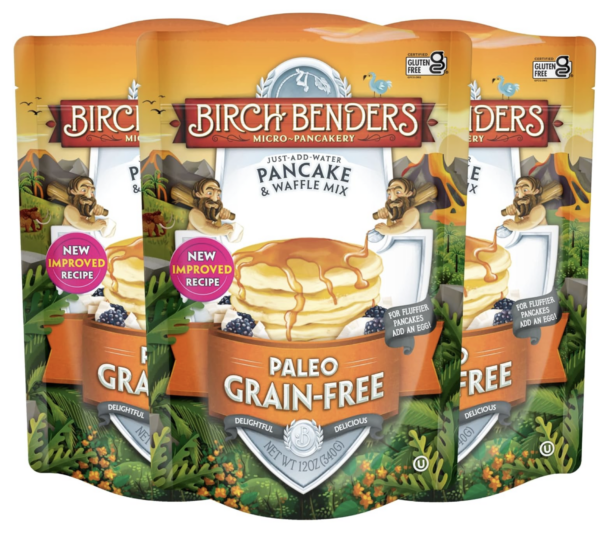
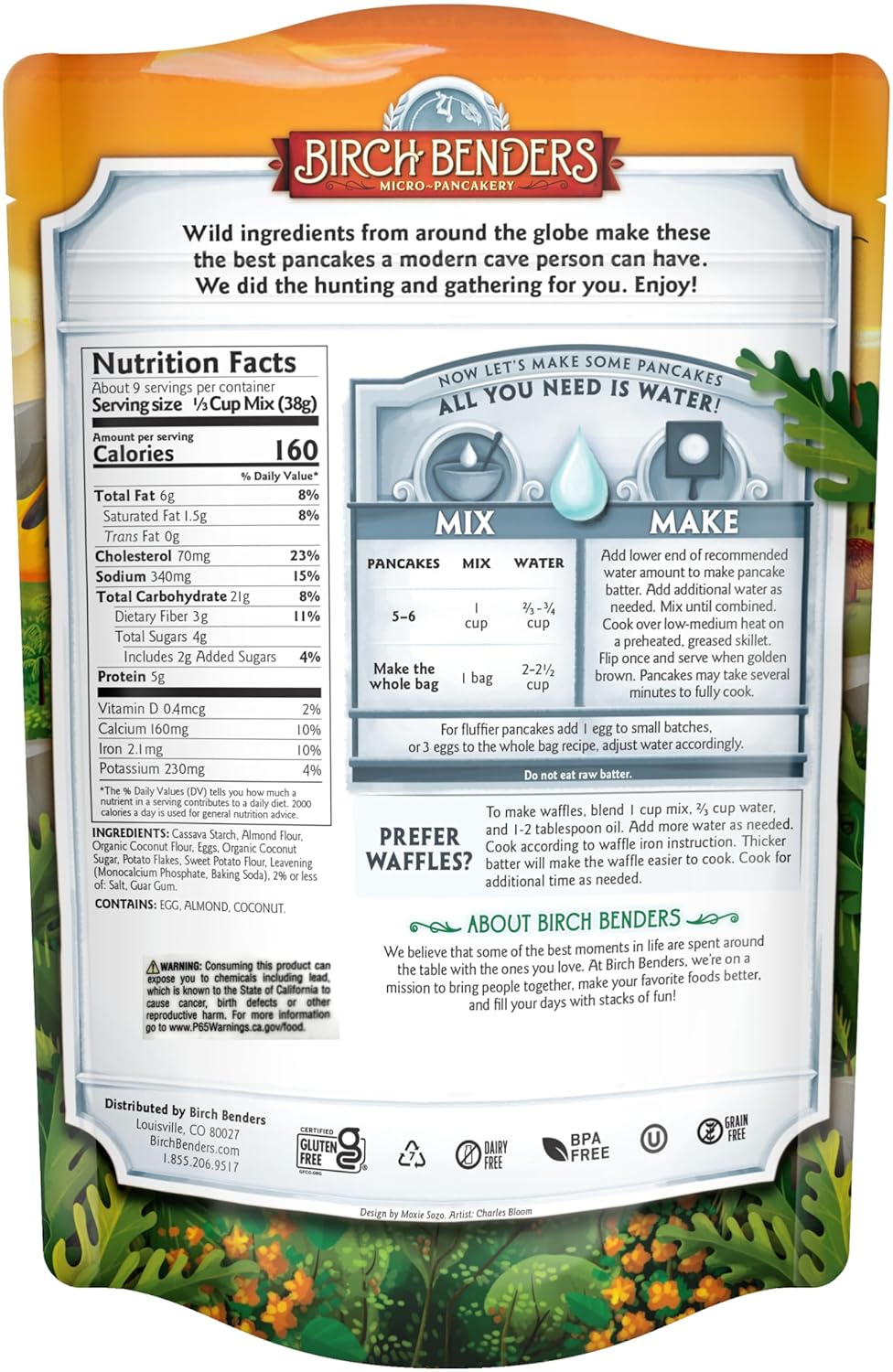


I once bought any 20 bags of this when it was on a super sale. You are right about just giving up on flours. I had King Arthur gluten-free pancake mix for supper and I know I got plenty of toxins from that, but they were delicious… but at what cost?